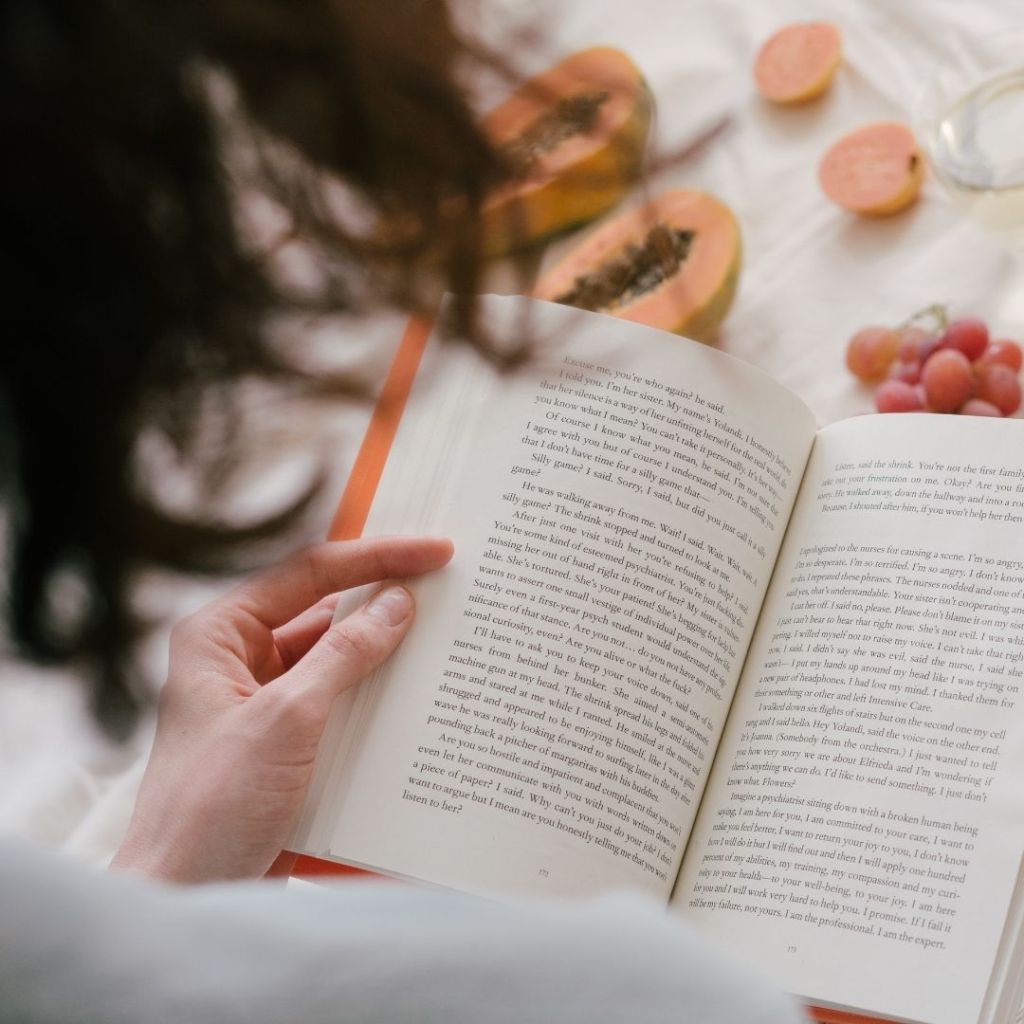
First lines matter. Whether they are in a blog post, a newsletter or a novel, the first line is crucial.
Whilst you’re in the editing phase of your writing, it can be easily forgotten to revise your first line. The first line will have different purposes in various texts but there is one thing it needs to be. Good.
Your first line, if writing for a newsletter or a blog, must intrigue your reader and invite them to read more. Your purpose here is to keep them reading right until the very end. A great way to revise your first line is to read your writing as a reader. Would you be interested? Would it stop you scrolling? What could you add to the line to make it more gripping? If you’re still unsure, it could be worth letting someone read the first line to give you another point of view. They may even see something that you didn’t.

If however you are revising a first line of a novel, the aim and purpose of your writing may be different. Your goal, as a writer, is to lose your readers in your novel. Allow your readers to become invested in your characters and don’t settle for anything less. Although you still need to grip the reader with your opening lines, you have a variety of techniques open to you. Here are a few that you may wish to try:
Surprise the reader
This type of hook causes the reader to raise questions or surprises them by catching them off guard. A great example of this is from Ray Bradbury’s Farenheit: ‘It was a pleasure to burn’. The concept that some would like the feeling of burning seems very unusual. The sentence itself could also suggest that someone likes the action of burning something. As your mind begins to question alternatives, it has sparked the interest of the reader to keep reading.
Begin with dialogue
This can also have a similar effect on the reader as it can catch the reader off guard. An example of this can be seen in the opening lines of Rose Macauley’s, The Towers of Trezibond: ‘”Take my camel dear,” said my Aunt Dot, as she climbed down from this animal on her return from High Mass’. The animal itself may surprise the reader in this sentence, as well as Aunt Dot’s previous actions. Using dialogue in your first line brings your readers straight into the action and provides them with wanting to figure out what is happening and why.
Setting the Mood and Atmosphere
Although this technique may seem simple, it can be really effective when used correctly. Louise Erdrich does this beautifully in Tracks: ‘We started dying before the snow, and like the snow, we continued to fall.’ In this first sentence Louise Erdrich has managed to set the sombre mood perfectly by using the setting to help set the tone and atmosphere. This technique can work really well with the show don’t tell principle, as the sentence has given its readers an insight to what is to come.

Another suggestion could also be to revise what you like to read yourself. If you love a particular author like Lee Child or John Grisham, look at how they start their first lines. How did they interest you? Why did you want to read on? This technique also works if you are wanting to write a blog post or newsletter. If you follow several blogs, which article did you really enjoy and how did it start?
Once you have tried a few of these techniques, reflect on your work and see if any of them work for you. Remember the best way to get your writing noticed is to make your writing the best it can possibly be.
Follow me on Instagram @cbarkerwriting for writing tips on a daily basis.
